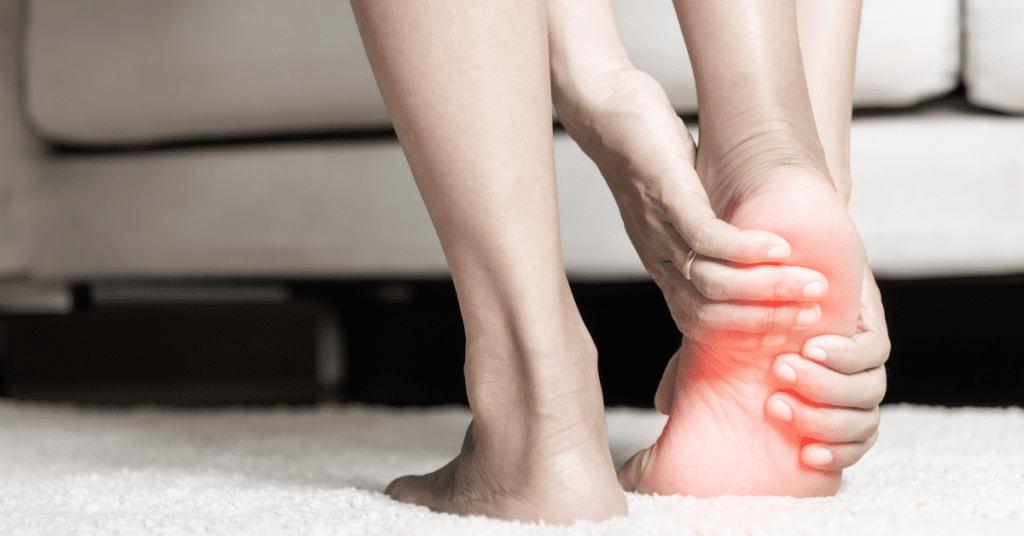FAQs
What is the cause of heel pain in Ayurveda?
According to Ayurveda principles, it is mainly this Vata dosha imbalance that causes pain in heel of foot. This imbalance produces key symptoms of heel pain when triggered by long durations of walking or standing or inappropriate footwear. Poor digestion and ama (toxins) also lead to inflammation, which becomes more pronounced in cold weather.
How can I relieve heel pain naturally?
Some home remedies for heel pain in foot include regular foot baths in warm water with Epsom salts and essential oils. Heel pain remedies in Ayurveda such as warm sesame or mustard oil massage over the heel, Lepa application, and Ishtika Sweda improve circulation while reducing Vata aggravation. Gentle stretching exercises, especially in the morning, can prevent stiffness and help to get rid of heel pain. Staying hydrated and adhering to an anti-inflammatory diet can have good results in healing.
Which vitamin deficiency causes heel pain?
Heel pain causes and treatment needs proper recognition of root causes including vitamin deficiency. Calcium absorption as well as bone health get impaired because of vitamin D deficiency in the body. Nerve-related pain and inflammation in feet occur due to vitamin B12 deficiency. Muscle cramps are mainly due to a deficiency of magnesium. Low levels of vitamin C affect collagen formation and tissue repair; thus, they can play a role in impairing heel pain even more.
What is the best Ayurveda treatment for foot heel pain?
Ayurvedic treatment for heel pain is incomplete without Padabhyanga, Lepa, and Isthtika Sweda. The comprehensive treatment also includes the ingestion of anti-inflammatory herbs and changes in the normal diet, keeping the lifestyle changes in mind because this is the only approach to bring in long-term relief.
How does Ayurveda address the root cause of heel pain?
Ayurveda recommends home remedies for heel pain by targeting the dosha imbalance and digestive problems. It focuses on improving circulation, ama elimination, and the balancing of doshas through diet, herbs, and therapeutic procedures. Naturally, managing heel pain symptoms involves an alteration in lifestyle combined with stress management to avoid a recurrence of the ailment.
REFERENCES
- Shah, H M, Karve, M (2024). Ayurvedic Intervention for Vatakantak with special reference to Plantar Fasciitis: A Case Study. Journal of Ayurveda and Integrated Medical Sciences

- Lareau, C et al. (2014). Plantar and Medial Heel Pain: Diagnosis and Management. Journal of the American Academy of Orthopaedic Surgeons, 22, 372–380

- M, B (2022). Comprehensive Ayurvedic Management of Calcaneus Spur- A Single Case Study. Journal of Natural & Ayurvedic Medicine

- Karishma (2023). A REVIEW ON PADABHYANGA (FOOT MASSAGE): A UNIQUE PROCEDURE TO HEAL THE BODY AND MIND. International Journal of Research in Ayurveda and Pharmacy

- Indore, S (2020). Role of Agnikarma in the management of Calcaneal spur: A Case Report. National Journal of Research in Ayurved Science



